Government Assesses Lida’s Container Home Designs for Cyclone Displaced Persons
In coastal Bangladesh, annual monsoon rains and cyclonic storms bring relentless destruction – leaving hundreds of thousands homeless each season under tattered tarps amid disease outbreaks. Seeking dignified interim housing, the nation’s Ministry of Disasters embarked on testing portable prefabricated shelter prototypes for displaced communities – ones combining off-grid resilience with efficient assembly. Shanghai-based Lida Group‘s recyclable container homes were chosen for real-world trials at refugee camps.
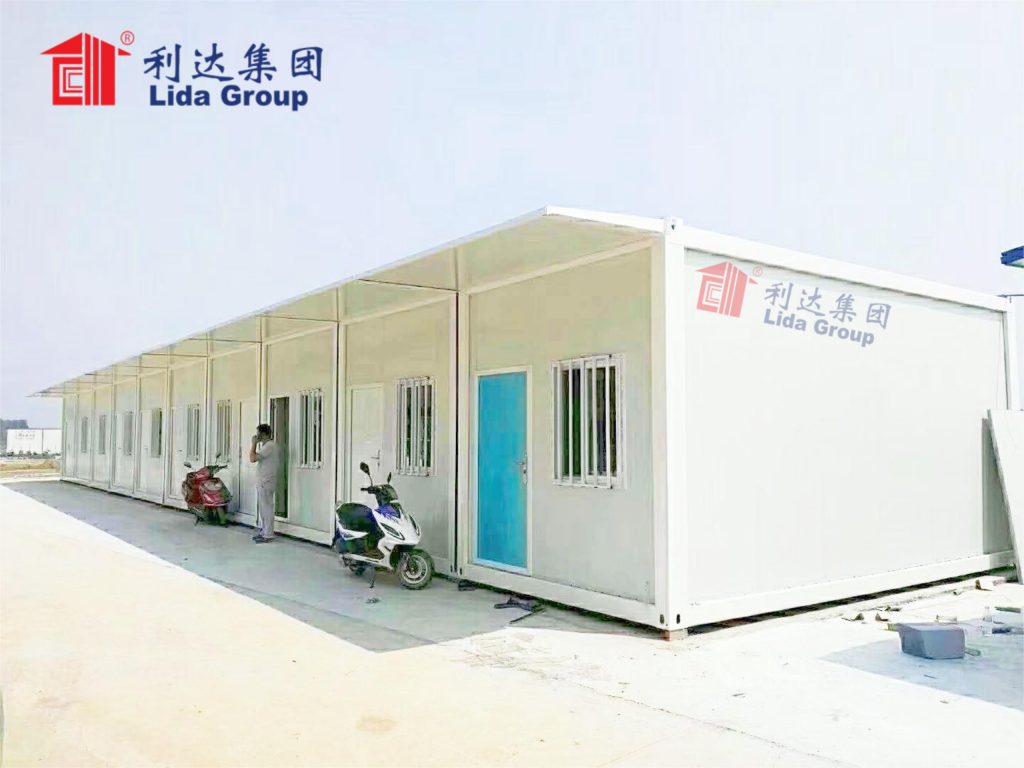
Ministry Collaboration
Partnering with international organizations experienced in emergency response, the Bangladeshi government sought sheltering solutions maximizing occupant welfare until permanent rebuilds commenced. Their emphasis centered on natural disaster-prone regions frequently overwhelmed by seasonal flooding and cyclones stranding many without cover for months on end.
Prefabricated portable designs utilizing readily available materials held promise for rapidly establishing stabilized temporary settlements. Engaging with innovative developers, the Ministry’s evaluation led to selecting 3 prototype homes constructed inside standardized shipping containers by China’s Lida Group for extended field assessments at active displacement camps.
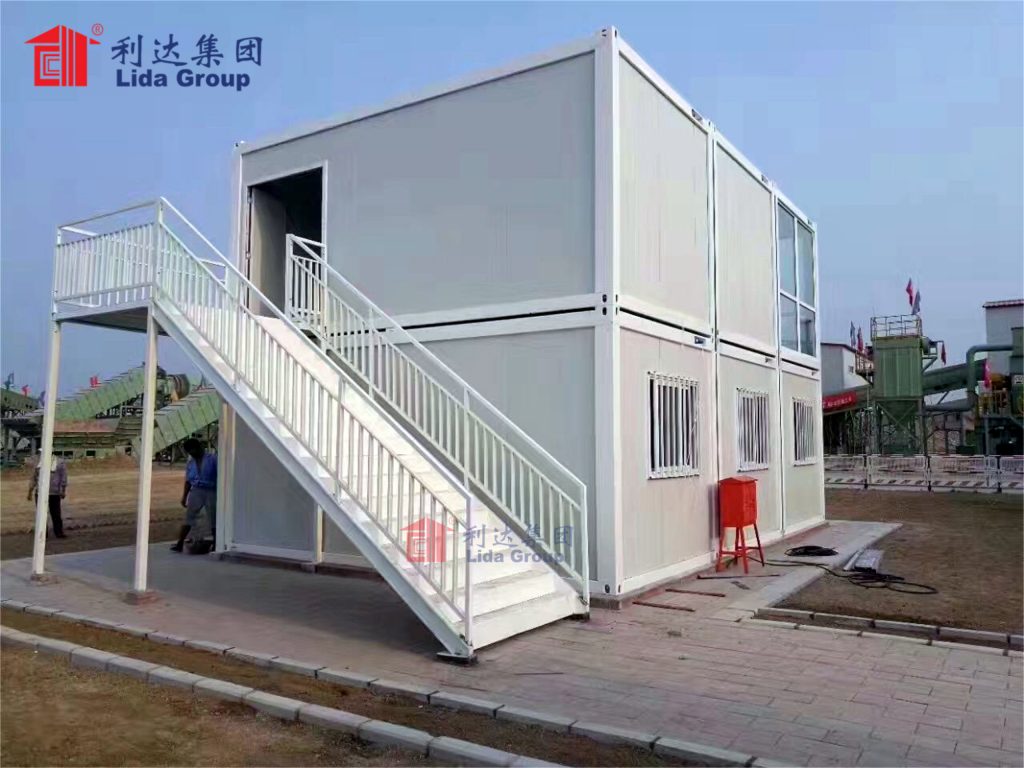
Container Home Design
At their Shanghai headquarters, Lida’s engineers containerized fully self-contained 120 sqm floorplans within the rigid steel boxes’ durable reusable frames. Each featured sleeping quarters, kitchenette, toilet/shower along with built-in climate controls, renewable power and indoor greenery for comfort/wellness.
Special attention went towards passive solar heating/cooling through ample openings, cross-ventilation and insulated/waterproofed finishes. Exteriors underwent anti-corrosion treatments and cladding for functionality/aesthetics at camps where structures might stand for years while rebuilding lagged. Engineers further optimized layouts ensuring accessibility, maintenance and future modular expansion/stacking if required by density needs.
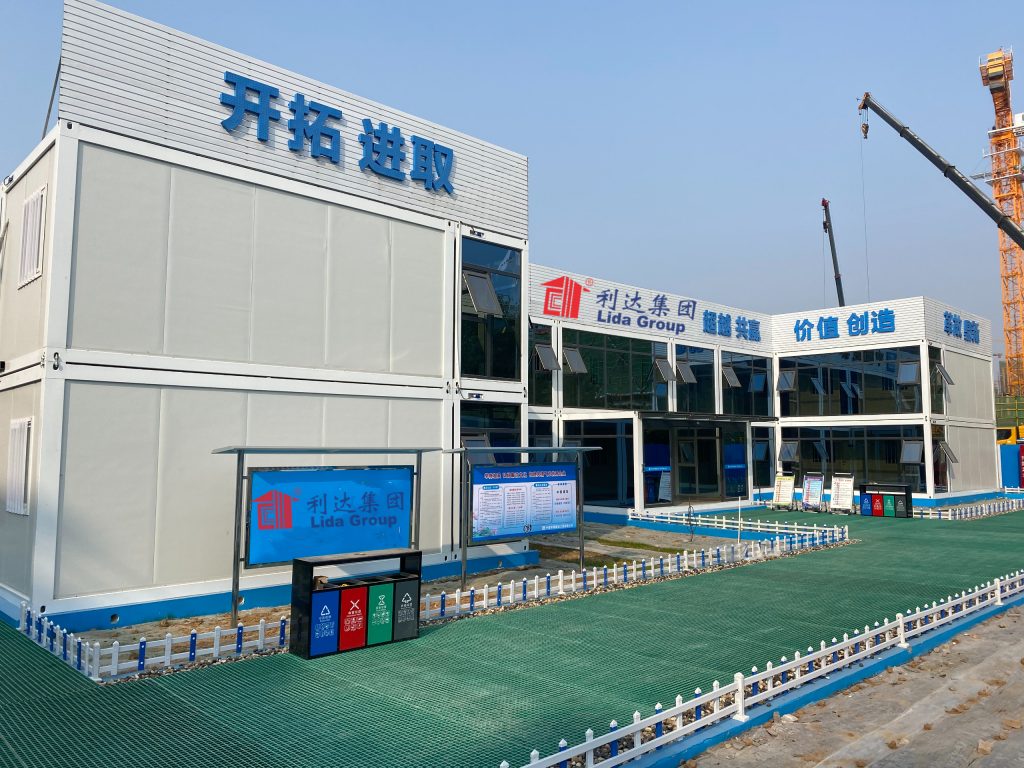
Rapid On-Site Assembly
With prototyping complete, a trial block of 20 homes were compactly packed then transported internationally for disaster-zone testing. At an active camp housing 10,000 persons displaced by a recent cyclone, the initial assembly unfolded under ministry supervision.
Utilizing simple cranes and manpower according to instructions, teams efficiently interconnected pre-constructed modules, securing walls/roofs, and completing utilities connections in under a single 8-hour shift. Observers were impressed how the choreographed snap-together process reconstructed a whole neighborhood from shipping containers rapidly on otherwise vacant terrain.
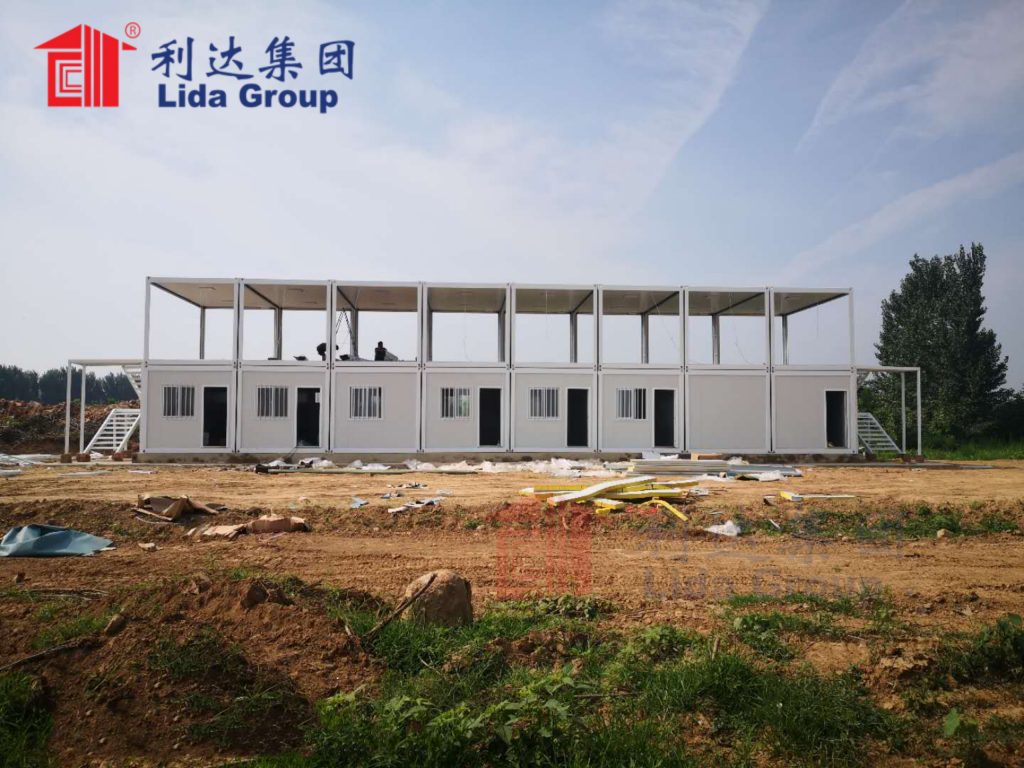
Sustained Evaluations
For ongoing assessment over 6 month real-world occupation spanning the season’s wet/dry extremes, a cohort of 300 refugees voluntarily took residence within the first neighborhood of Lida container homes at the camp. Additional prototype models showcased self-powered variants for off-grid potential.
Ministry personnel and engineering auditors closely monitored home performance, user experience and broader community impacts. Metrics included durability against climatic stresses, energy usage, hygiene/disease rates versus other shelters plus overall occupant satisfaction/perceptions versus tents or traditional temporary housing.
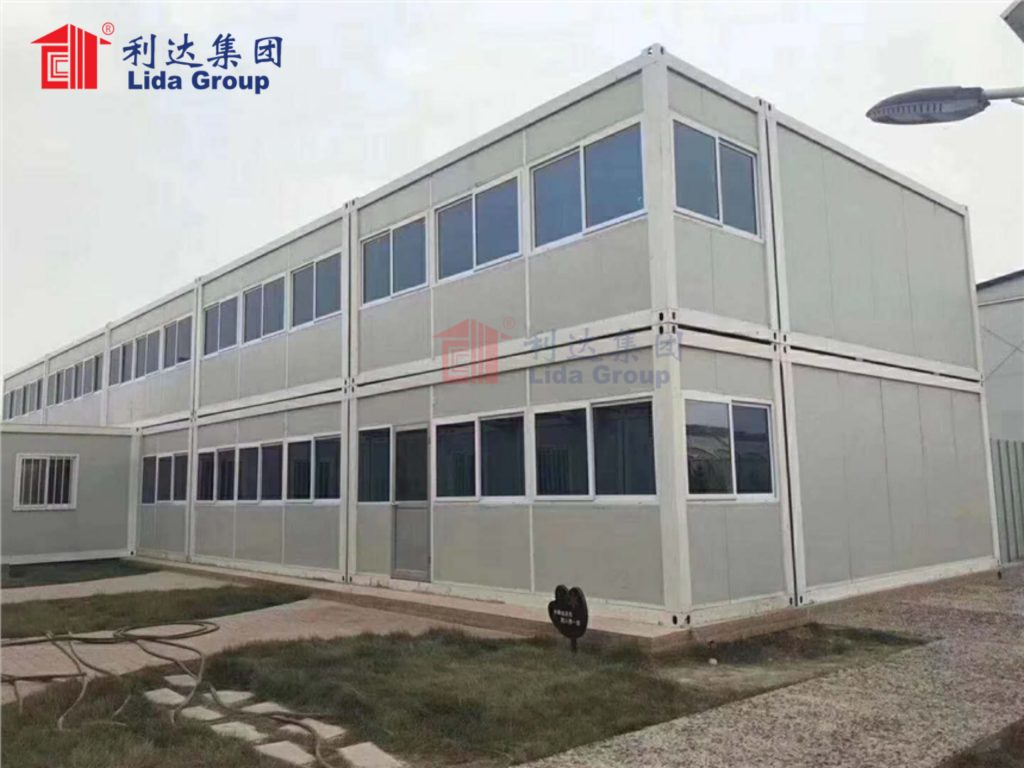
Renewable Integration
One prototype neighborhood featured roof-mounted solar panels connecting each unit to small integrated batteries, allowing basic electricity for lighting/devices independent of external infrastructure. Ministry representatives were eager to gauge whether such renewable elements could enhance living standards/resilience within the disaster-designed housing context.
Through monsoons and clearing skies, photovoltaic systems reliably charged interior power, verified via frequent metrics. Occupants lauded benefits for studying, cooking or charging phones without reliance on camp generators. With robust engineering and no maintenance required over the duration, results suggested self-sufficiency meritsscaling across similar displacement scenarios.
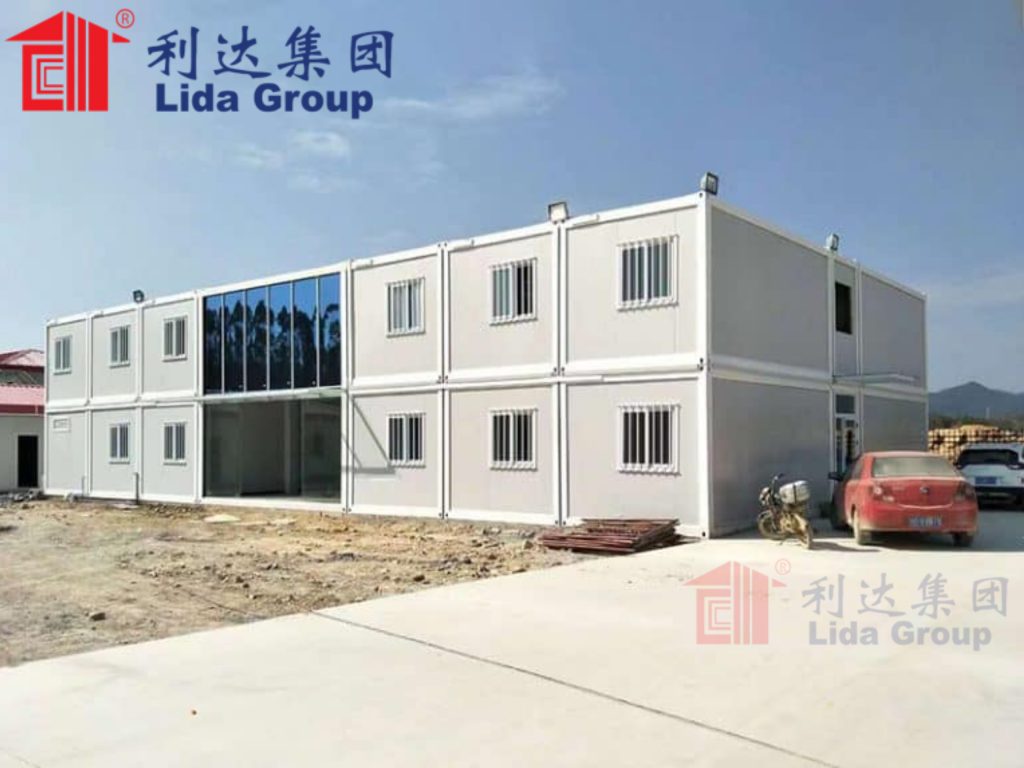
Lessons from Occupation
At evaluation’s end, auditors compiled findings from inspections and sustained user feedback. Structurally, the durable welded container walls exhibited no degradation exposing interiors to seasonal elements as seen with less resilient tent cities. Interiors also stayed dry with water-tight roofs preventing common disease outbreaks.
communities formed stable social ties within compact neighborhoods, contrasting isolation frequently facing refugees for prolonged periods. Occupants further emphasized feeling dignified and secure versus open camps where women/children face vulnerabilities, reinforcing shelters’ ability meeting basic human rights even during crisis.
Prefabrication proved rapid habitat reconstruction on challenging terrain, while renewable options showcased independent power access enhancing daily life. Overall metrics endorsed designs outperforming tents for sustainably housing displaced peoples through complex emergencies in hygienic/secure environments until permanent solutions materialize.

Recommendations
Sharing results with partner organizations, the Ministry pronounced Lida Group’s containerized homes successful in trials, advising scaled-up utilization for cyclone-impacted regions. Their sustainable modularization addressed critical interim shelter needs through dignified communities capable resisting seasonal storms and floods.
Recommendations called for stockpiling homes near vulnerable coasts for immediate deployment. Prefabrication’s inherent advantages also fit non-emergency contexts where remote/temporary infrastructure was required. Renewable variants warranted wider adoption assisting energy-poor areas through off-grid resilience.
Most importantly, collaboration established modular container housing, optimized through, as a humanitarian best practice deserving support wherever masses faced recurrent displacement. With minimal waste and maximum versatility, the innovative prefab shelters provided shelter, community and hope.

Conclusion
Through sustained evaluation of optimized prototypes in real disaster contexts, the Bangladeshi Ministry of Disasters validated Lida Group’s container home designs for effectively sheltering displaced populations. Their modularized construction utilizing widely sourced materials reconstructed stable neighborhoods rapidly on challenging terrain.
Renewable integrations demonstrated enhancing living standards for self-sufficiency even without infrastructure. Most significantly, careful assessments affirmed the dignified housing solutions outperformed tents through superior resilience against seasonal weather extremes while safeguarding basic rights. Overall, trials cemented the recyclable prefabricated shelters as a replicable exemplar for sustainably meeting mass temporary housing needs worldwide.

Related news
-
Official recognizes dignified shelter options enabled by Lida Group's panel-based prefab technologies.
2024-08-30 16:35:41
-
Engineers inspect prototypes of Lida Group's flat-packed modular housing rapidly assembled on-site from self-contained living units constructed inside repurposed cargo boxes.
2024-09-02 16:38:10
-
Academics analyze advantages of Lida Group's engineered systems approach to interim workforce housing challenges.
2024-08-30 16:25:54
contact us
- Tel: +86-532-88966982
- Whatsapp: +86-13793209022
- E-mail: sales@lidajituan.com


